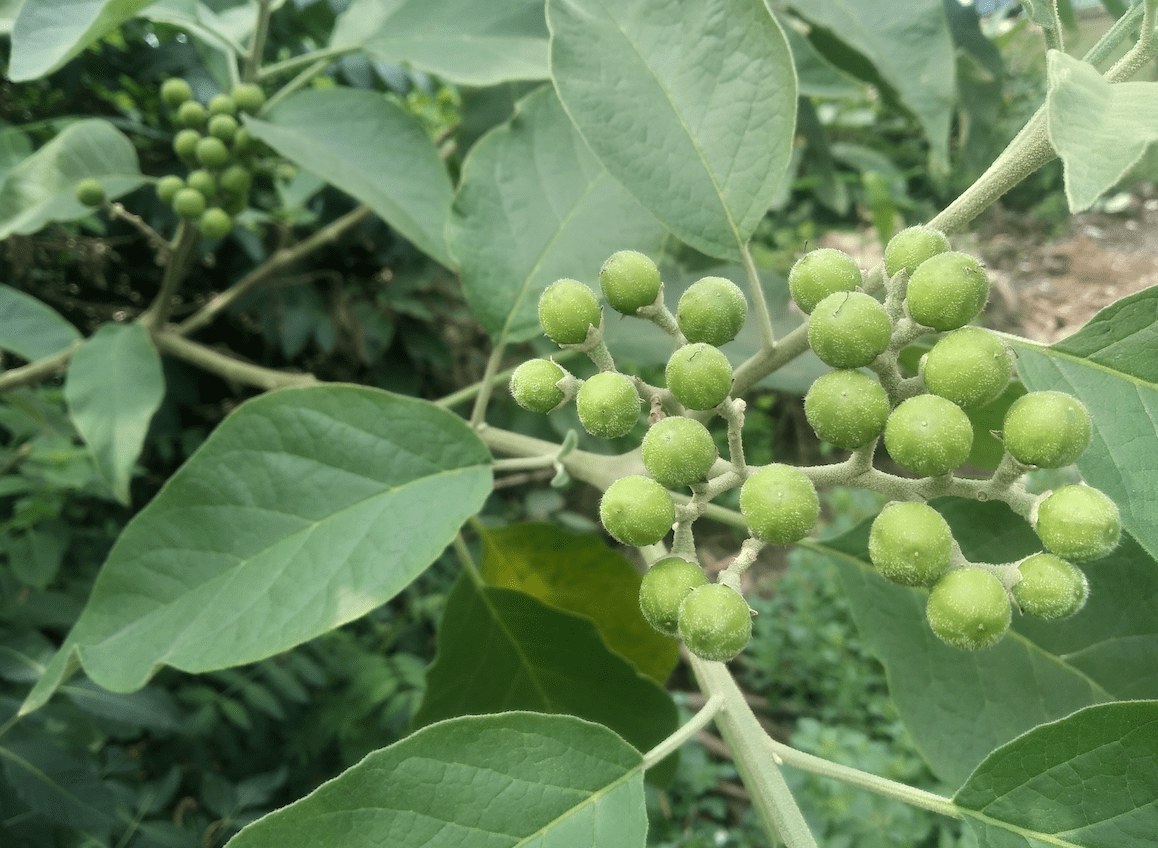Advertisement
Did you know that South Africa’s efforts to combat alien invaders, through the Working for Water Programme (WfW) is one of the leading programmes in the world? Established in 1985, this active organisation, employing 50 000 people, is at the forefront of biological control research and combating the spread of alien species in our country.
According to their website, of the estimated 9, 000 plant species introduced to South Africa, 198 of them are aliens (and they cover 10% of the country). These aliens can be a threat to our water security, and biological diversity and exacerbate wildfires. They can also contribute to erosion and increase the possibility of flooding and our water quality. So, what can estate managers do to help fight these alien invaders?
Citizens must engage to win the battle
The WfW programme has said it needs the active engagement of its citizens to assist with containing the threat of invasive species and so Estate Living chatted to North Coast landscaper and Eco Balance Landscapes co-founder Tracey Miller-Smith about which invader species are often found in gardens across the country and why they should be removed.
Tracey identifies five species, which are classified as category 1b invaders, which means that they have a high invasive potential and must be removed and destroyed in terms of the Alien and Invasive Species Regulations (AIS), National Environmental Management: Biodiversity Act (Act No 10 of 2004).
Lantana
The first nasty alien on the list is Lantana (Lantana camara), also known as the Red Sage, Shrub Verbena or Yellow Sage, which is found countrywide.
Advertisement
‘While its colourful and pretty flowers might charm you, don’t be fooled, the seeds of this spreading shrub are poisonous to humans and animals. Due to its thorns and hairy stems, when this plant invades an area, it can make it almost impenetrable and it will compete with and replace indigenous species,” said Tracey.
In rural areas, the Lantana is responsible for reducing the grazing potential of the land and for livestock mortalities amounting to millions of Rands every year in South Africa.
Bugweed
Nasty number 2 is the Bugweed (Solanum mauritianum), a shrub or small tree that can reach up to four metres in height. Originating from South America, Bugweed is found in the Western Cape, Eastern Cape, KwaZulu-Natal, Mpumalanga, Gauteng, and Limpopo provinces.
Bugweed attracts birds who eat the berries and spread the bugweed seeds far and wide in their droppings. This alien competes with indigenous flora by inhibiting its growth and causing stem deformities.
‘The KwaZulu-Natal fruit fly, an economic pest, also loves this plant which gives you another reason to remove it. When it comes to the Bugweed’s unripe fruits and the hairy leaves and stems – they are all poisonous!”
Brazilian Pepper Tree
The Brazilian Pepper Tree (Schinus terebinthifolius) is an evergreen tree or shrub that can grow up to six metres high and has wide-spreading horizontal branches.
Found in KwaZulu-Natal, Mpumalanga, Limpopo and the Eastern Cape, indigenous birds can neglect indigenous plants in favour of the fruit on this tree, which prevents dispersal of the indigenous seed. In addition the fruits are poisonous and can have a narcotic and toxic effect on the birds. The sap of the tree is a skin irritant, similar to poison ivy, that also affects the respiratory tract.
‘This is a hardy alien that you definitely want to remove completely and not just cut back at the trunk, because it will continue to produce basal shoots,’ said Tracey. Best to remove as soon as you have noticed them as they grow large very quickly and then prove to be a very time consuming and expensive exercise to fell and discard.”
Oleander
Oleander (Nerium oleander), is a beautifully deceptive shrub which brings forth masses of beautiful pink, red or white flowers with an alluring fragrance.
However, the Oleander is highly toxic to humans, animals and birds and it spreads rapidly via seed dispersal, thereby competing with indigenous species. Found in the Eastern and Western Cape, KwaZulu- Natal and Mpumalanga, the Oleander’s milky sap will cause skin irritation and if you try and burn the plant it releases toxic fumes.
Alternative common names for the Oleander include Ceylon rose; South Sea rose or a Selonsroos in Afrikaans.
Yellow Bells
Yellow Bells (Tecoma stans) is a dense leafy evergreen shrub that Tracey says invades gardens “like crazy” if you’re not careful. Also known as the yellow trumpet bush, the geelklokkies in Afrikaans and the insimbephuzi in isiZulu, this alien originates from Mexico and Texas and is found in the Eastern Cape, KwaZulu-Natal, Mpumalanga, Gauteng and Limpopo Provinces. This alien spreads via seed dispersal and competes with and replaces indigenous species.
Options for removal
Tracey advises homeowners and estate managers to identify if any of these aliens are present and to make plans to have them removed.
Ways in which to achieve this include hand-pulling seedlings; cutting the plant at a height just above the ground, and treating the stump immediately with a systemic herbicide; or frilling, which involves cutting the tree bark at the base of the truck and applying herbicide onto the soft, white sap-wood.
Frilling will, however, result in a standing dead tree which can be unpleasant to the eye and pose a risk to the surrounding infrastructure. Variations of frilling include ringbarking and strip barking.
Another method called foliar application is effective only on certain species of alien invaders and involves spraying herbicide onto the leaves. This is the preferred method of eradicating regrowth and tree seedlings and is an important part of follow-up treatments.
Tracey advises that you do your homework before starting your removal process and to remember that it is an ongoing affair with regular treatments required to help avoid repeat infestations.



